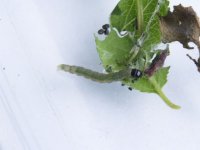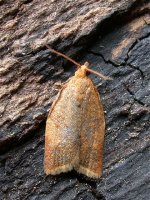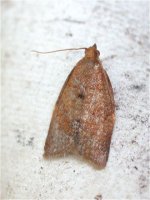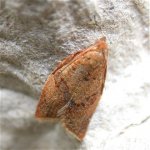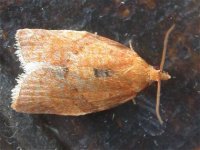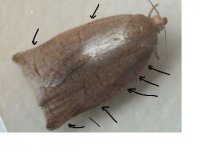AndrewParker
Active member
Wandered Scot said:If someone could be kind enough and tell me how to copy and paste a shortened version of web sites not including the whole search process, I could put what I have found here for everyone to take a look. I will try again now but not holding my breath on this one.http://images.google.at/imgres?imgu...&prev=/images?q=Archips+rosana&hl=de&lr=&sa=N
Jim,
I am now a little confused. Take a look at Archips rosana on the Finish site - it looks quite different! There is another species in the genus that looks quite similar (to the Finish photograph) Archips crataegana - from the name I would think it more likely but according to Ford it has almost the same host range and dates. It is not on that excellent INRA site.
I have just stumbled across an interesting site on Eurasian Tortricidae. Take a look, it has almost 200 species with photographs and pictures of adults and larvae and an interactive key.
From Google to get rid of the search string there is a button at the top right labelled something like "Remove frame" which leave you in the original site, then you can grab the URL from the address bar.
Andrew.




